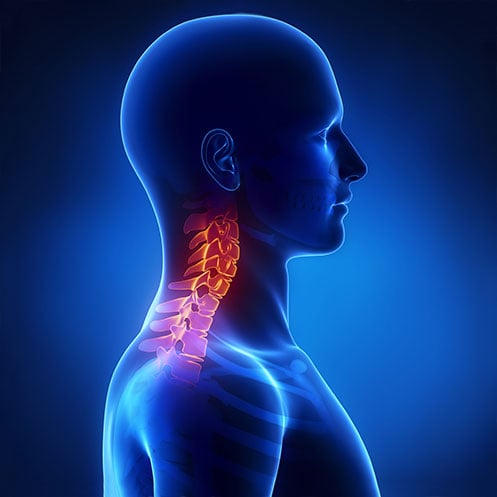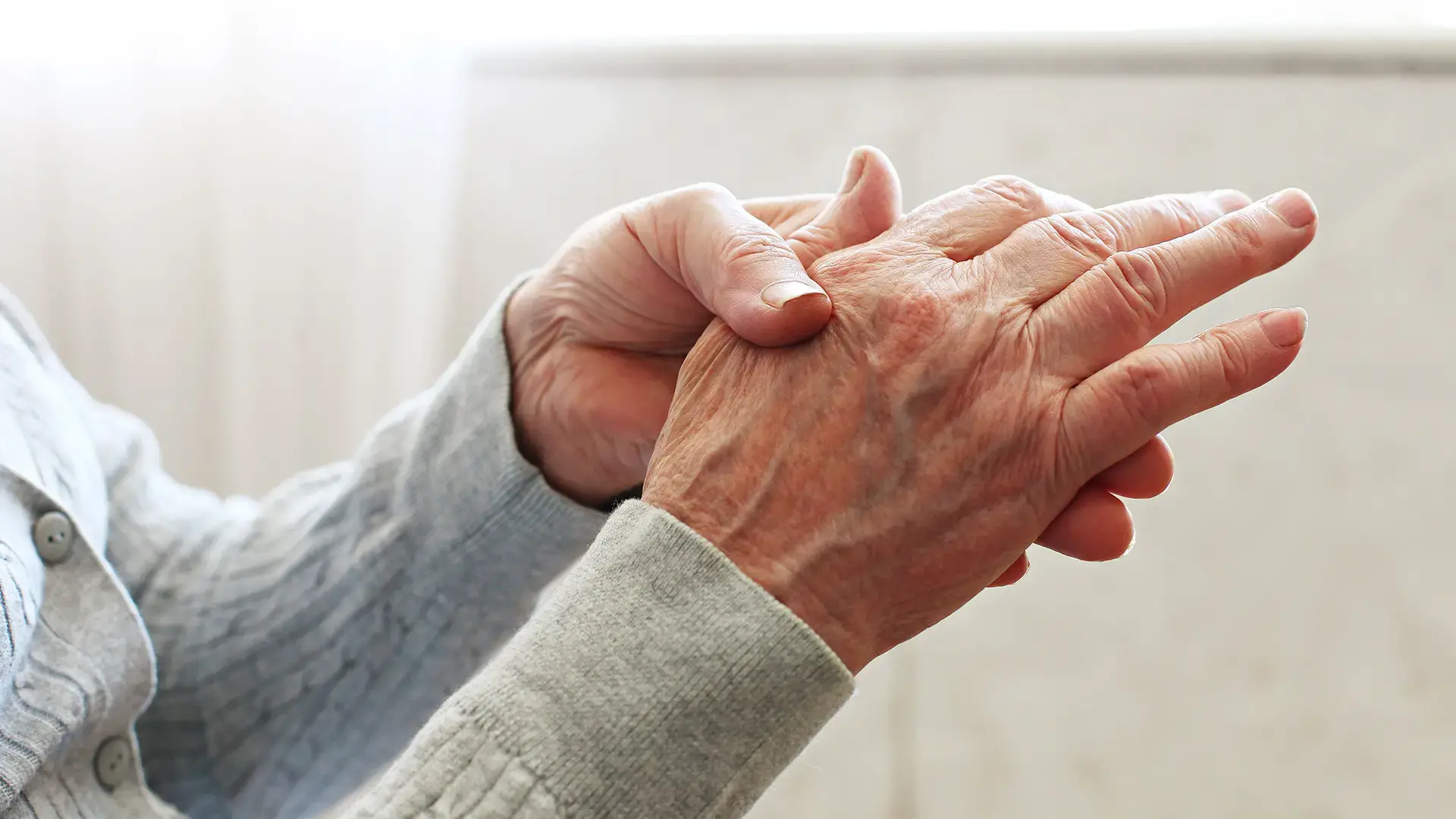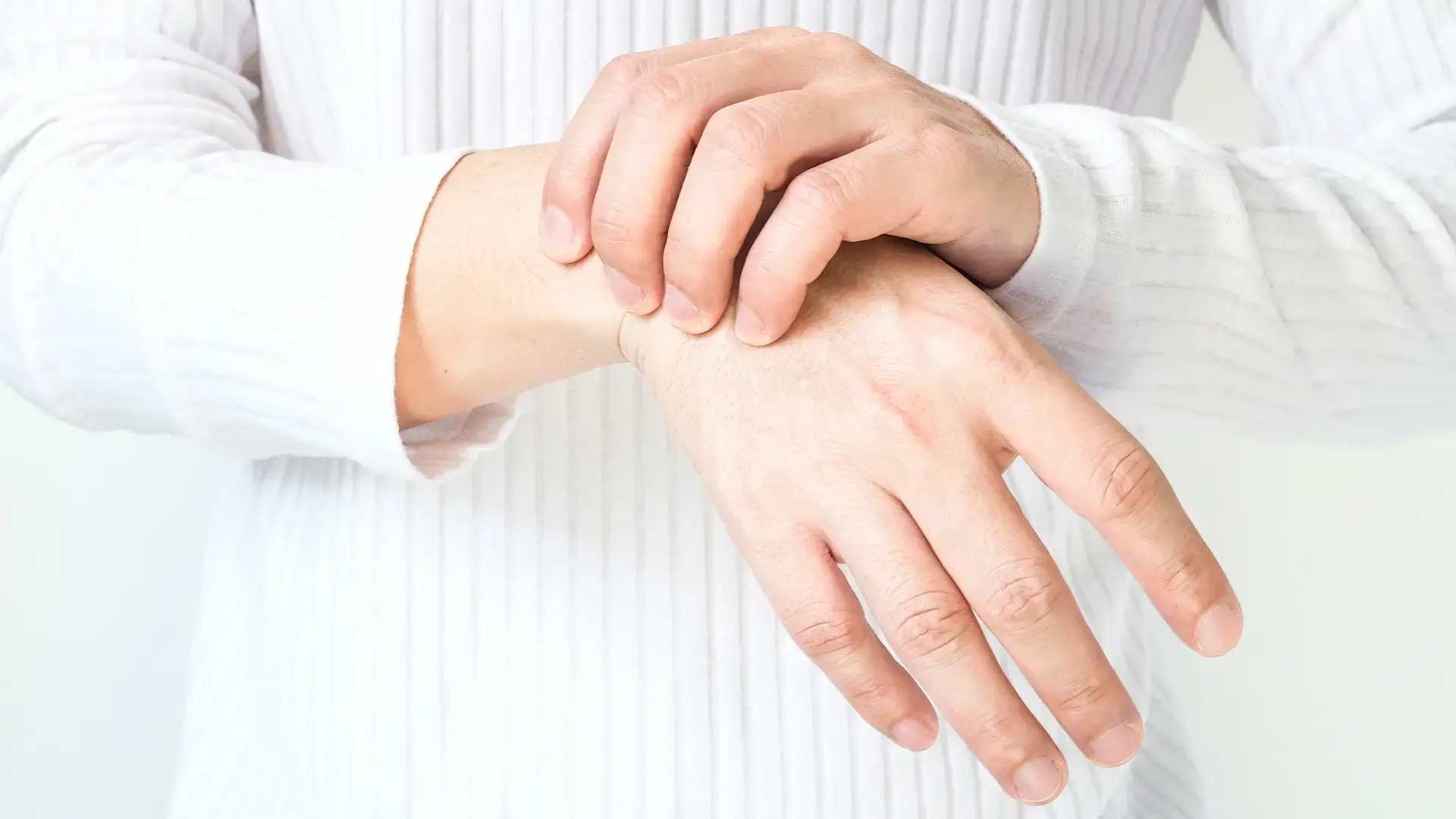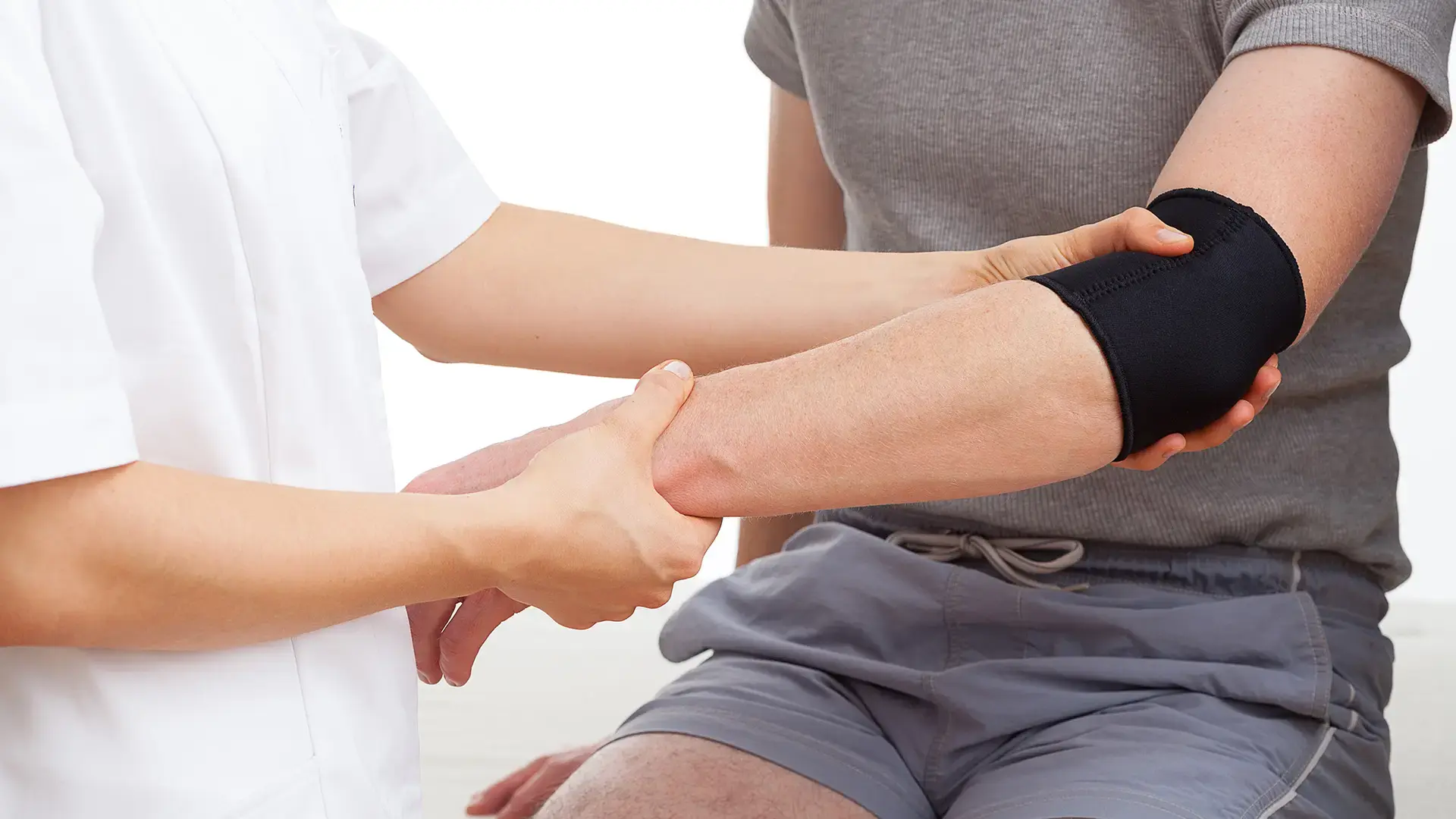Managing Shoulder and Elbow Arthritis: Symptoms, Treatments, and Exercises
Have you noticed simple arm movements, such as reaching for something or buttoning a shirt, have become painful or uncomfortable? Shoulder or elbow arthritis could be to blame. These painful, sometimes debilitating conditions can make everyday activities difficult.
If you struggle with either condition, you are not alone. Dr. David Tsai explains: “Elbow and shoulder arthritis are more common than many people realize, affecting millions of individuals worldwide. While these conditions can significantly impact daily life, the good news is there are effective treatments available to help manage pain and restore function.”
Let’s explore shoulder and elbow arthritis to better understand how we approach treatment at The Center for Hand and Upper Extremity Surgery.
Understanding Shoulder and Elbow Arthritis
Arthritis is a condition characterized by inflammation in the joints, leading to pain, stiffness, and reduced range of motion. When it affects the shoulder or elbow, it can make simple tasks like reaching, lifting, or even getting dressed difficult and uncomfortable.
Common Causes of Shoulder and Elbow Arthritis
Arthritis can develop due to various factors, including:
- Age-related wear and tear
- Previous injuries or trauma
- Repetitive stress from work or sports activities
- Autoimmune disorders
- Genetic predisposition
Key Signs and Symptoms of Arthritis
Be aware of these common indicators of shoulder and elbow arthritis:
- Persistent pain, especially during or after movement
- Stiffness, particularly in the morning or after periods of inactivity
- Swelling around the joint
- Grinding or clicking sensation during movement
- Decreased range of motion
- Weakness in the affected arm
Osteoarthritis vs Rheumatoid Arthritis
While both types affect joints, they have distinct characteristics:
Osteoarthritis:
- Typically age-related or due to wear and tear
- Affects the cartilage between bones
- Usually develops gradually
- An autoimmune disorder
- Can affect people of any age
- Often symmetrical, affecting both sides of the body
- May have more systemic symptoms like fatigue and fever
Diagnosis and Testing
“Accurately diagnosing elbow and shoulder arthritis is key to developing an effective treatment plan. Through advanced imaging and thorough physical exams, we can pinpoint the source of your pain and tailor a solution that works best for you,” Dr. Tsai shares.
Our process may include:
- Conducting a physical examination
- Reviewing your medical history
- Ordering imaging tests like X-rays, MRI, or CT scans
- Performing blood tests to rule out other conditions
Treatment Options for Managing Arthritis
Pain Management Methods
Conservative management for arthritis may include:
- Over-the-counter or prescription pain relievers
- Anti-inflammatory medications
- Corticosteroid injections
- Physical therapy
- Lifestyle modifications
Surgical Procedures for Arthritis
In severe cases, surgical interventions may be considered. The right one will depend on your situation.
- Joint denervation surgery: A procedure that interrupts pain signals from affected joints, providing long-term relief from chronic shoulder and elbow pain.
- Arthroscopy: A minimally invasive technique using a small camera to examine and treat joint issues, promoting quicker recovery compared to traditional open surgery.
- Joint fusion: A procedure that permanently joins bones to stabilize the shoulder or elbow joint, reducing pain and improving function in cases of severe arthritis.
- Joint replacement: A surgery that replaces the damaged joint with an artificial implant to restore mobility and alleviate pain in severely affected shoulders and elbows.
- Soft tissue repair: A surgical intervention that addresses damaged ligaments or tendons to restore stability and function to arthritic shoulder and elbow joints.
- Synovectomy: A procedure that removes the inflamed synovial lining of the joint to reduce pain and swelling in arthritic shoulders and elbows.
Exercises for Shoulder and Elbow Relief
Gentle exercises can help maintain joint flexibility and strength. “Exercise is essential for health, but it is important to always consult with your doctor or physical therapist before starting a new exercise regimen,” says Dr. Tsai. Some beneficial exercises include:
- Shoulder pendulum swings: Lean over slightly and let your affected arm hang down, then gently swing it in small circles.
- Wall crawls: Stand facing a wall and "crawl" your fingers up the wall as high as comfortable, then slowly lower them back down.
- Elbow flexion and extension: Gently bend and straighten your elbow, holding each position for a few seconds.
- Wrist rotations: With your elbow bent at a 90-degree angle, slowly rotate your wrist in circles in both directions.
- Shoulder blade squeezes: Sit or stand with your arms at your sides and squeeze your shoulder blades together, holding for 5-10 seconds.
- Elbow towel slides: Place your elbow on a towel on a table and slide it forward and back, keeping your upper arm stationary.
Request an Appointment for Arthritis Relief
At The Center for Hand and Upper Extremity Surgery, we are dedicated to providing personalized care to help you manage your arthritis and improve your quality of life. Our team of experts uses cutting-edge treatments and a patient-centered approach to ensure the best possible outcomes. Schedule a consultation today to take the first step toward relief from shoulder or elbow arthritis.










